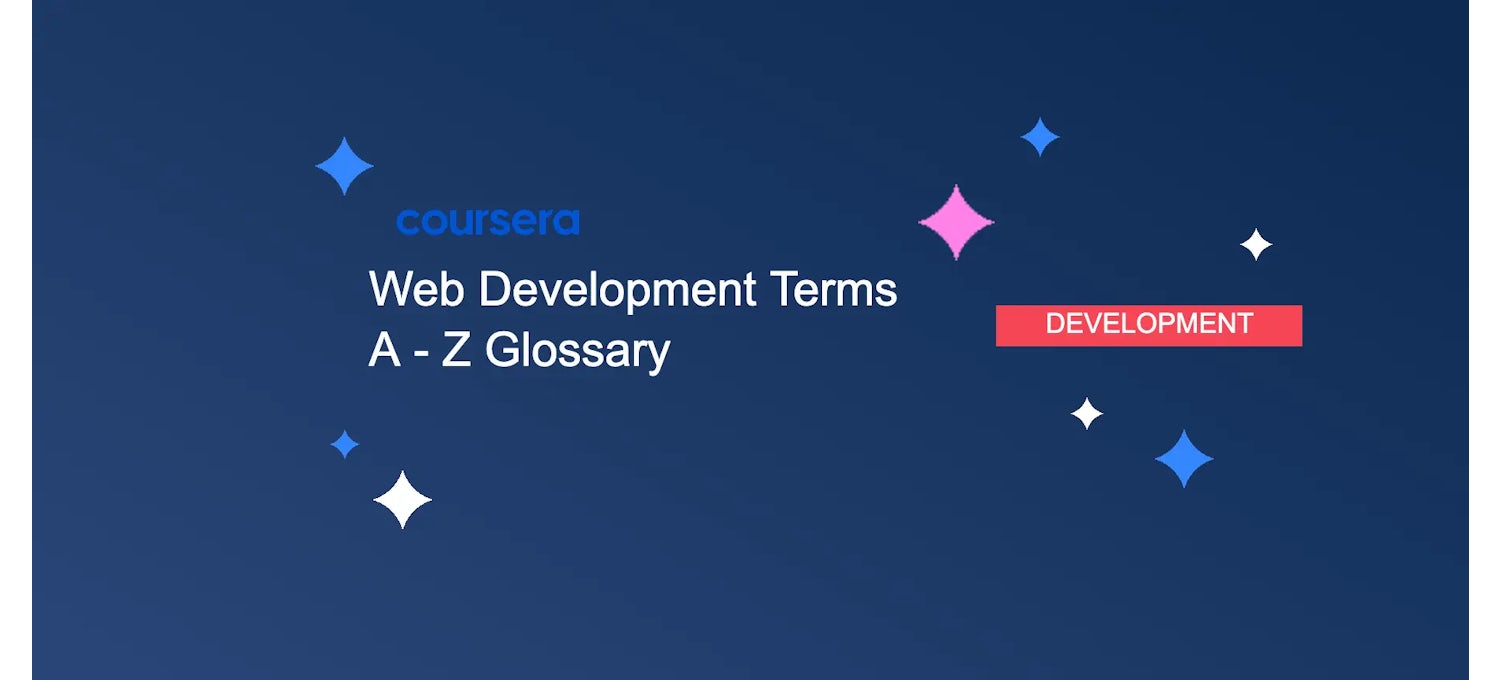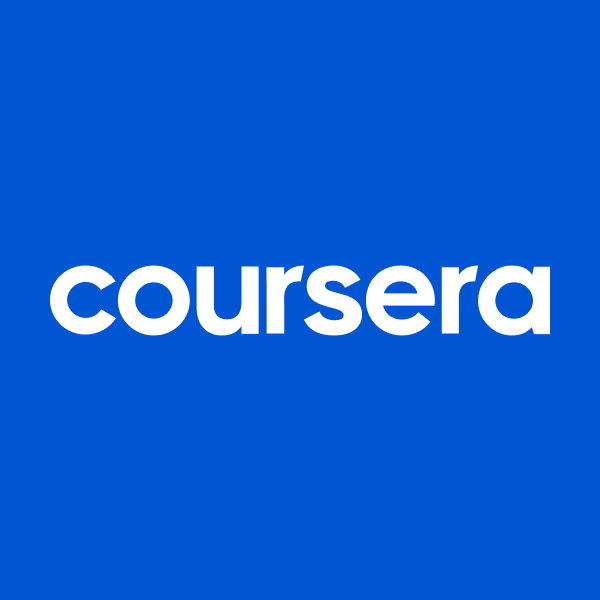Web Development Terms: A to Z Glossary
This article helps developers, designers, and tech professionals understand key frontend, backend, and security concepts for building modern websites.

Web development is the process of building, creating, and maintaining websites. It includes aspects such as web design, web publishing, web programming, and database management. Web developers use various programming languages and technologies to craft functional and interactive websites that meet user needs. From static pages of plain text to complex web-based applications, social network applications, and electronic business applications, the scope of web development is broad and varied.
This glossary is an essential tool for anyone venturing into the field of web development or looking to enhance their understanding of common web development terminology. Whether preparing for interviews, working on projects, or updating your resume, mastering these terms will help you navigate the world of web development more efficiently.
Web Development Terms
You’ll find common web development terms in the glossary below.
Agile Development
Agile development is a set of methodologies based on iterative development, where requirements and solutions evolve through collaboration between self-organizing cross-functional teams.
AJAX (Asynchronous JavaScript and XML)
AJAX is a set of web development techniques using many web technologies on the client side to create asynchronous web applications. With AJAX, web applications can send and retrieve data from a server asynchronously without interfering with the display and behavior of the existing page.
Learn more: Learn to create more dynamic and responsive web applications with AJAX Courses.
API (Application Programming Interface)
APIs are sets of rules and specifications that apps can follow to communicate with each other. They allow developers to access specific external software components or tool functionalities.
Learn more: Expand your web development capabilities by mastering API integration with API Development Courses.
Bootstrap
Bootstrap is a free, open-source front-end framework for designing websites and web applications. It features responsive grid systems, components, and plugins based on HTML, CSS, and JS.
Learn more: Streamline your web design process and build responsive sites with Bootstrap Courses.
CDN (Content Delivery Network)
A CDN is a system of distributed servers that deliver pages and other web content to a user based on the geographic locations of the user, the origin of the webpage, and a content delivery server.
CSS (Cascading Style Sheets)
CSS is a stylesheet language used to describe the presentation of a document written in HTML or XML. CSS describes how elements should be rendered on screen, paper, or other media.
Learn more: Enhance the style and layout of your web pages by exploring CSS Courses.
DOM (Document Object Model)
The DOM is a programming interface for web documents. It represents the page so that programs can change the document structure, style, and content. The DOM represents the document as nodes and objects; thus, programming languages can interact with the page.
Framework
A framework is a standard way to build and deploy applications in web development. Frameworks provide a foundation for software developers to create programs for a specific platform.
Git
Git is a distributed version control system that tracks source code changes during software development. It is designed to handle everything from small to very large projects quickly and efficiently.
Learn more: Master version control and enhance your collaboration skills with Git Courses.
GraphQL
GraphQL is a data query and manipulation language for APIs and a runtime for fulfilling queries with existing data. GraphQL provides a more efficient, powerful, and flexible alternative to the REST API.
HTML (Hypertext Markup Language)
HTML is the standard markup language used to create web pages. It provides the basic structure of sites, which is enhanced and modified by other technologies like CSS and JavaScript.
Learn more: Learn the building blocks of the web by exploring HTML Courses, which are essential for web development.
JavaScript
JavaScript is a programming language used both on the client side and server side that allows you to make web pages interactive. Elements such as games, responding when buttons are pressed, or data is entered in forms, dynamic styling, and animation are common uses of JavaScript.
Learn more: Unlock the full potential of web interactivity and functionality with JavaScript Courses.
JSON (JavaScript Object Notation)
JSON is a lightweight data-interchange format that is easy for humans to read and write and for machines to parse and generate. It is based on a subset of JavaScript language and is commonly used to transmit data in web applications.
Learn more: Dive into data interchange formats by learning to use JSON in your web projects with JSON Courses.
MySQL
MySQL is an open-source relational database management system. It's one of the best RDBMSs for developing various web-based software applications.
Learn more: Master database management and SQL querying skills with MySQL Courses.
Node.js
Node.js is an open-source, cross-platform, JavaScript runtime environment that executes JavaScript code outside a browser. It is designed to build scalable network applications.
Learn more: Develop scalable and efficient web applications with Node.js Courses.
PHP (Hypertext Preprocessor)
PHP is a popular general-purpose scripting language especially suited to web development. It is fast, flexible, and pragmatic and powers everything from your blog to the most popular websites in the world.
Learn more: Enhance your server-side scripting skills with PHP Courses, ideal for dynamic web development.
Responsive Design
Responsive design (RWD) is an approach to web design that ensures web pages render well on a variety of devices and window or screen sizes. Recent work also considers viewer proximity as part of the viewing context as an extension of RWD.
Learn more: Learn to create websites that look great on any device with Responsive Web Design Courses.
REST (Representational State Transfer)
REST is an architectural style for designing networked applications. It relies on a stateless, client-server, cacheable communications protocol -- and in virtually all cases, the HTTP protocol is used.
SQL (Structured Query Language)
SQL is a standardized programming language used to manage relational databases and perform various operations on their data.
Learn more: Master the fundamentals of database management and querying with SQL Courses.
SSL (Secure Sockets Layer)
SSL is a standard security technology for establishing an encrypted link between a web server and a browser. This link ensures that all data between the web server and browsers remains private.
UI (User Interface)
UI refers to the visual elements of a program or application through which a user interacts with a computer or software.
Learn more: Improve your ability to design intuitive and effective interfaces with User Interface Design Courses.
UX (User Experience)
UX refers to a user's overall experience when interacting with a website or application, which includes how easy or pleasing it is to use and how well it achieves the user's needs.
Learn more: Enhance the usability and experience of your digital products with User Experience Design Courses.
Web Accessibility
Web accessibility means ensuring websites, tools, and technologies are designed and developed so that people with disabilities can use them. Accessibility involves a wide range of disabilities, including visual, auditory, physical, speech, cognitive, language, learning, and neurological disabilities.
Learn more: Unlock inclusive digital experiences with Web Accessibility courses.
Webhooks
Webhooks allow applications to communicate with each other automatically between servers. They deliver data to other applications as it happens, meaning you get data immediately.
Web Server
A web server is computer software and underlying hardware that uses HTTP (Hypertext Transfer Protocol) and other protocols to respond to requests made over the World Wide Web.
WordPress
WordPress is a free and open-source content management system based on PHP and MySQL. It is often used as a website content management system.
Learn more: Build and customize powerful websites easily with WordPress Courses.
Ready to elevate your career with web development skills?
Begin your journey into web development with courses that teach everything from fundamentals to advanced programming techniques. Whether you aim to become a front-end, back-end, or full-stack developer, these courses provide the skills to build and maintain responsive websites. Explore web development courses today and start creating user-friendly, innovative web experiences—harness coding and design to transform your career and create impactful digital solutions.

Coursera
Writer
Coursera is the global online learning platform that offers anyone, anywhere access to online course...
This content has been made available for informational purposes only. Learners are advised to conduct additional research to ensure that courses and other credentials pursued meet their personal, professional, and financial goals.
